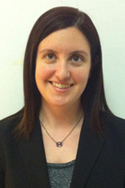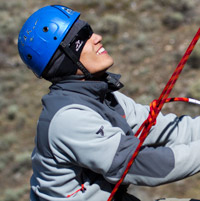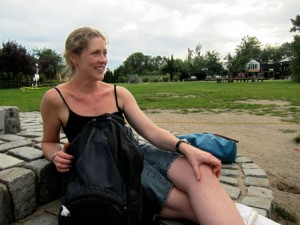Though Emery Olcott can no longer see words on a page or faces in front of him, he can still take pleasure in a game of golf. Legally blind, Olcott can’t drive a car, but occasionally he’ll pilot a golf cart on the course. And he can distinguish contrasts of light and color, like a small, yellow ball on an expanse of green.
Full ArticleThe National Eye Health Education Program (NEHEP) of the National Eye Institute (NEI) hosted a webinar on Going Blind and Going Forward on Wednesday, September 5, 2011. Moderated by Rosemary Janiszewski of NEI, the online workshop featured Joseph Lovett, director of the film, Going Blind: Coming Out of the Dark About Vision Loss; Julie Gaynin, Outreach Coordinator for Going Blind and Going Forward; George Theriault, President of the New Hampshire Association for the Blind; and Stacy Pommer, Visual Impairment Services Team Coordinator at the Veterans Health Administration, New York Harbor Healthcare System.
Over 400 individuals registered for the event – the highest in NEHEP’s history. Participants discussed how to use Going Blind as a tool to engage the blind and visually impaired community to open the lines of communication between their eye care providers, low vision specialists, and the general public; raise awareness about low vision services and devices; and inspire the visually impaired community to obtain low vision and rehabilitation services.
A post-participation survey found that 81% of participants would likely use the film and outreach materials in their community to raise awareness of low vision services and breakdown stereotypes of those living with low vision. In particular, participants would like to use the film with:
- Medical residents; in-service programs
- Senior citizens; family and friends
- Community screenings
- Local legislators
Since the webinar, many blind service organizations and Veterans Affairs Medical Centers have hosted screenings of Going Blind followed by panel discussions and audience talk-backs, including the Lexington Fayette Urban County Government and partners and the Syracuse VAMC.










Recent Comments